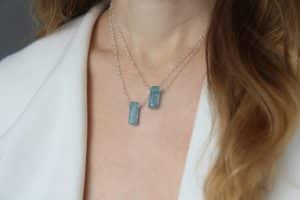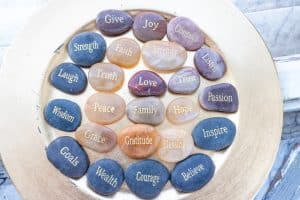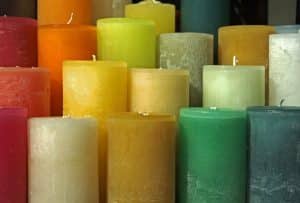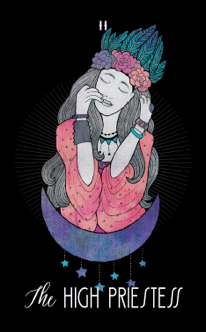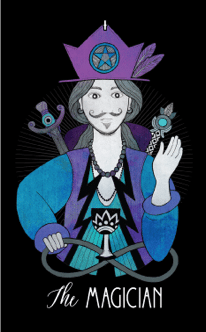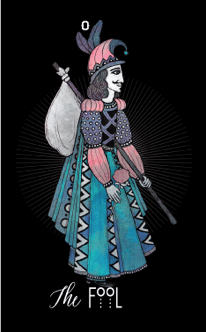
The Celtic Cross Tarot spread is among the most popular spreads in the entire tradition of tarot card reading, and for good reason. Although its exact origins are not totally clear, it reportedly made its debut in A. E. Waite’s “Pictorial Key to The Tarot,” published in 1911. Waite, who was a member of the Hermetic Order of the Golden Dawn, a 19th and early 20th Century organization devoted to the study of the occult and the metaphysical (other members of the group included such notables as Irish poet William Butler Yeats and his revolutionary muse, Maud Gonne), was one of the co-creators of the Rider-Waite Tarot Deck.
There are several variations of the spread and its interpretations. Some readers include a significator card, and some to do not. Some allow the querent to choose the card they wish to represent either themselves or the question at hand, some prefer to choose a significator for you, while others elect to let a random shuffle determine which card will represent the person for whom the cards are being read.
Depending on how you feel about self-determination, letting a guide tune into your subconscious energy or leaving the card that represents you in the hands of “fate” is a personal choice. Whichever you are the most comfortable with will likely reveal the most authentic reading, you should seek a reader whose style most closely aligns with your own.
The Cross and Staff
The Celtic Cross reading employs ten or eleven cards, depending on whether or not a significator will be in play.
If a significator is used, it is placed at the center of the cross (1). This card represents you (the querent).
The second card, or “covering card,” is placed atop the significator, and represents the elements that surround and influence you or the issue being examined.
The “crossing” card is the third card placed, and signifies the forces at work in opposition to the issue at hand. (Crossing cards may actually be positive forces behind the scenes, steering you in a different direction than you may think you want to go.)
The fourth card represents the underlying issues, and is the sum of the cumulative forces and events that have brought you to your present situation.
The card in the fifth position represents the recent past, and indicates forces that are beginning to wane, or those things you are in the process of releasing.
Placed sixth, the “crowning card” stands for what you will likely achieve should you continue on your current path.
The seventh card represents upcoming forces and events that will impact your life in the near future.
Your attitude and the actions you will likely set into motion are illustrated by the eighth card placed in this spread.
The ninth card stands for those with whom you will interact and their emotional influences on you.
The best-case or worst-case scenarios are represented by the tenth card: either what you sincerely hope will come to pass, or desperately fear the future will hold.
The eleventh card stands for the final outcome, should you do nothing to change the course you’re currently traveling, and follow through on actions that you have set in motion.
Don’t be too upset if the final card has negative connotations. If you recall the moral of Charles Dickens’ classic fable of redemption, “A Christmas Carol,” Ebenezer Scrooge is given the opportunity to mend his ways and change his future only after truly coming to understand the repercussions of his current choices.
A Taste of the Celtic Cross
Some years ago, a young woman, “Clara,” came to me distraught regarding just about every aspect of her life. She was getting nowhere in her career. Her younger sister had recently gotten engaged, and while she loved her sister dearly, if things kept on the way they were going, she likely wouldn’t have a date for the wedding.
While nothing was drastically wrong—she had her health, a good education, and was attractive—nothing was really going “right” for her either, so she decided she wanted to forgo choosing a significator for that particular reading. Instead, we focused on the general direction her life was taking, and looked for avenues she might explore to improve its trajectory.
Not surprisingly, the card at the bottom of the cross was the Five of Pentacles. Two poor, miserable souls struggle through the snow past a glowing stained glass church window. Inside is warmth and succor, but they cannot find the door, and this is how Clara felt: left out and bereft when others had much brighter things to look forward to.
The card in the fifth position was more positive, at least in that it signaled change. The Six of Swords shows two figures seated in a boat, being taken across the channel by a ferryman, to face the unknown. It was clear to me that Clara had already begun to seek ways to release old habits that were potentially holding her back, but what the card also revealed to me was that she still relied heavily on the opinion of others, and measured herself over-critically against their success. Other cards built upon this central theme. In order for Clara to achieve her hopes and dreams, she had to wean herself off of her dependence on peer acknowledgment, and measure herself by the height of her own achievements.
Should she remain on her current course, Clara would be stuck in limbo indefinitely–but were she to strike out on her own, and reconnect with her authentic self, with perseverance, a world of happiness could be hers for the taking. The choice was hers.
When I heard back from Clara a few months later, she had begun the process of becoming more self-reliant. It wasn’t something that was going to happen overnight, but at least she felt she was heading in the right direction, and while romance was still over the horizon, she did at least have a date lined up for her sister’s wedding.
The Celtic Cross is just one of many powerful spreads for divining the meaning of the tarot. Why not let a KEEN advisor show you how the Celtic Cross can help you explore your past, present, and potential future?



